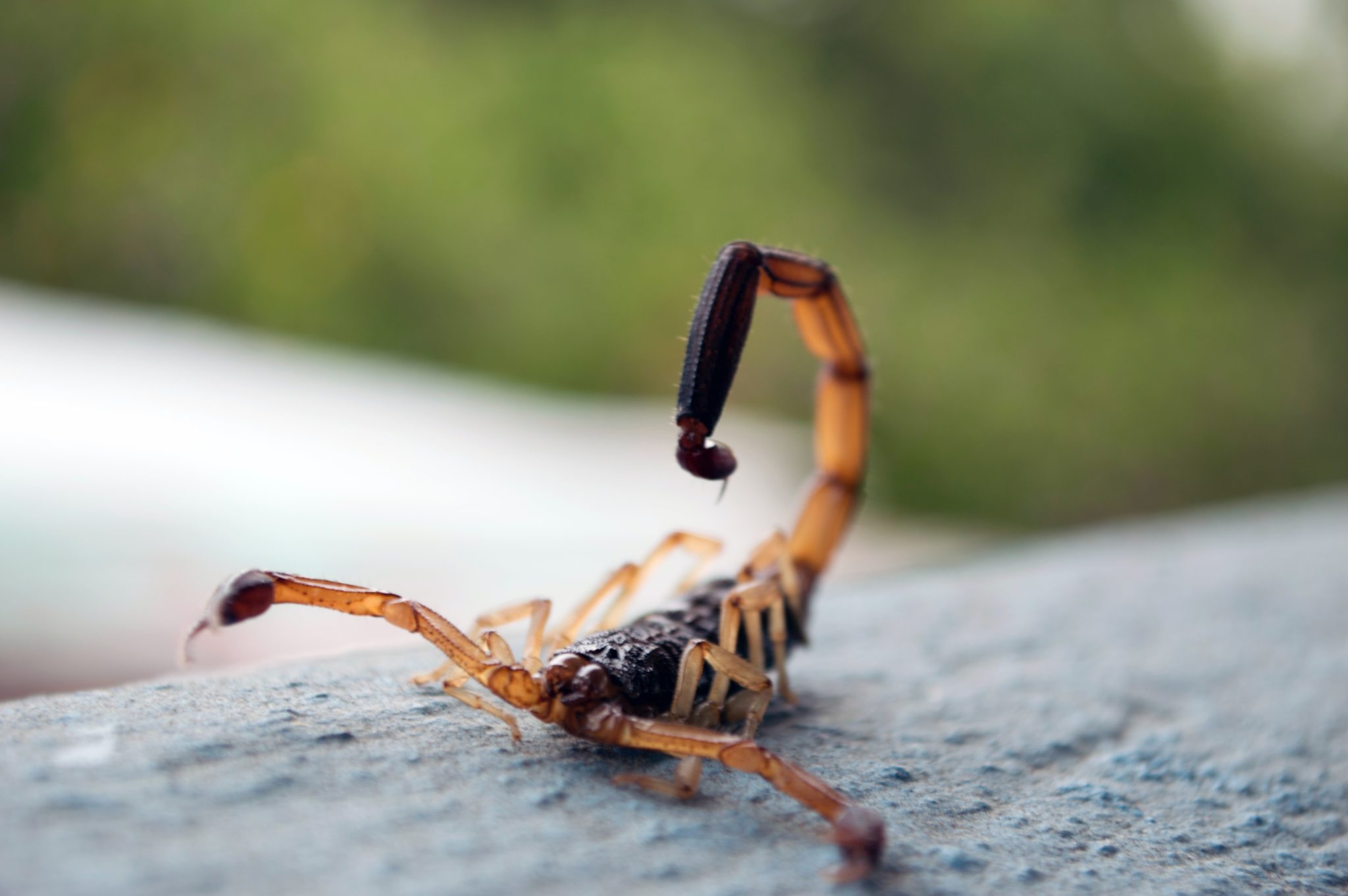By: Ted Thorp
Controlling scorpions can be a frustrating task, particularly if you rely on conventional liquid applications alone. I have had customers over the years tell me that other pest control providers guarantee elimination while only applying chemical controls. Their solution to additional sightings or customer complaints was to apply more of the same material that didn’t resolve the issue in the first place.
I also have heard that eliminating food sources for a scorpion population will cause them to die off or move on. However, studies have shown that scorpions can survive more than six months between meals and will produce young and eat them in the absence of food. That seems to imply that starving them out might not be as easy as it sounds.
IPM APPROACH
These days, the most successful campaigns against any pest revolves around Integrated Pest Management. A multi-pronged attack on the offending pest may not always be the easiest approach, but it will always be the most effective.
A thorough inspection of the property to identify entry points and harborage areas is a good starting point. Removing areas that provide suitable shelter during the day will help reduce the number of scorpions. Woodpiles, accumulated leaves and trash, nearly anything providing a crevice or that is close to a structure can harbor bark scorpions. Cinderblock walls also provide ideal resting sites for scorpions. Sealing gaps between bricks can discourage these harborage sites.
Studies have shown that scorpions can survive more than six months between meals and will produce young and eat them in the absence of food. That seems to imply that starving them out might not be as easy as it sounds.
Potential entry points also should be taken into consideration. Caulking windows, ensuring weather stripping around doors is intact, sealing off weep seals with expanding foam, and screening vents and soffits with fine wire mesh all can help reduce access points.
Checking irrigation and valve boxes for leaks and eliminating other water sources whenever possible will limit scorpion access to a vital resource.
When it comes to control methods, applying desiccants or dusts to voids, attics, behind electrical wall plates and other undisturbed areas will reduce harborage areas inside of the structure. Applying a residual spray labeled for scorpions at the proper rates will go a lot further knocking down and controlling the population from the outside.
An Integrated Pest Management approach, including the inspection and exclusion methods mentioned previously, in conjunction with proper application of chemical controls, is an effective way to protect your clients from scorpion activity.
Ted Thorp, ACE, is the Technical Director for Pitbull Pest Control.
This Tech Talk article was originally published in the November 2020 edition of PCT magazine.

